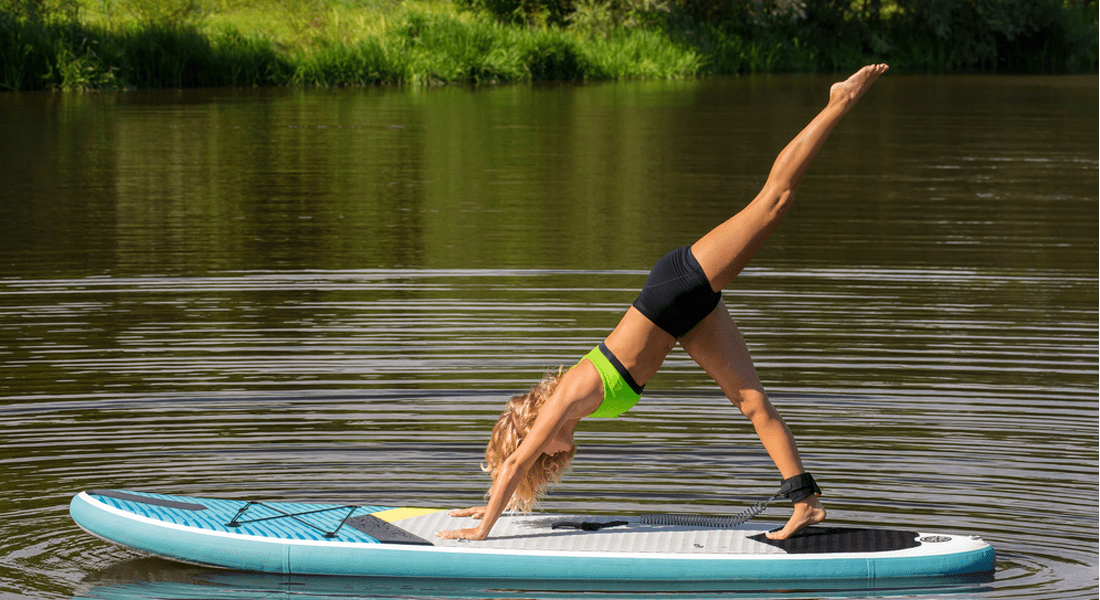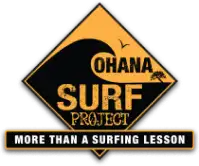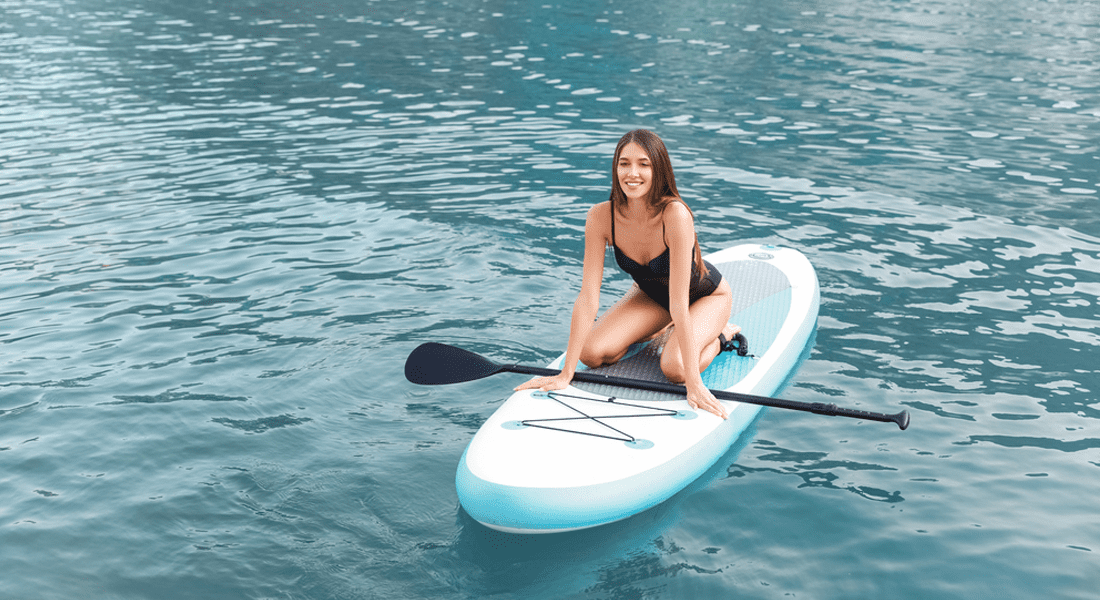
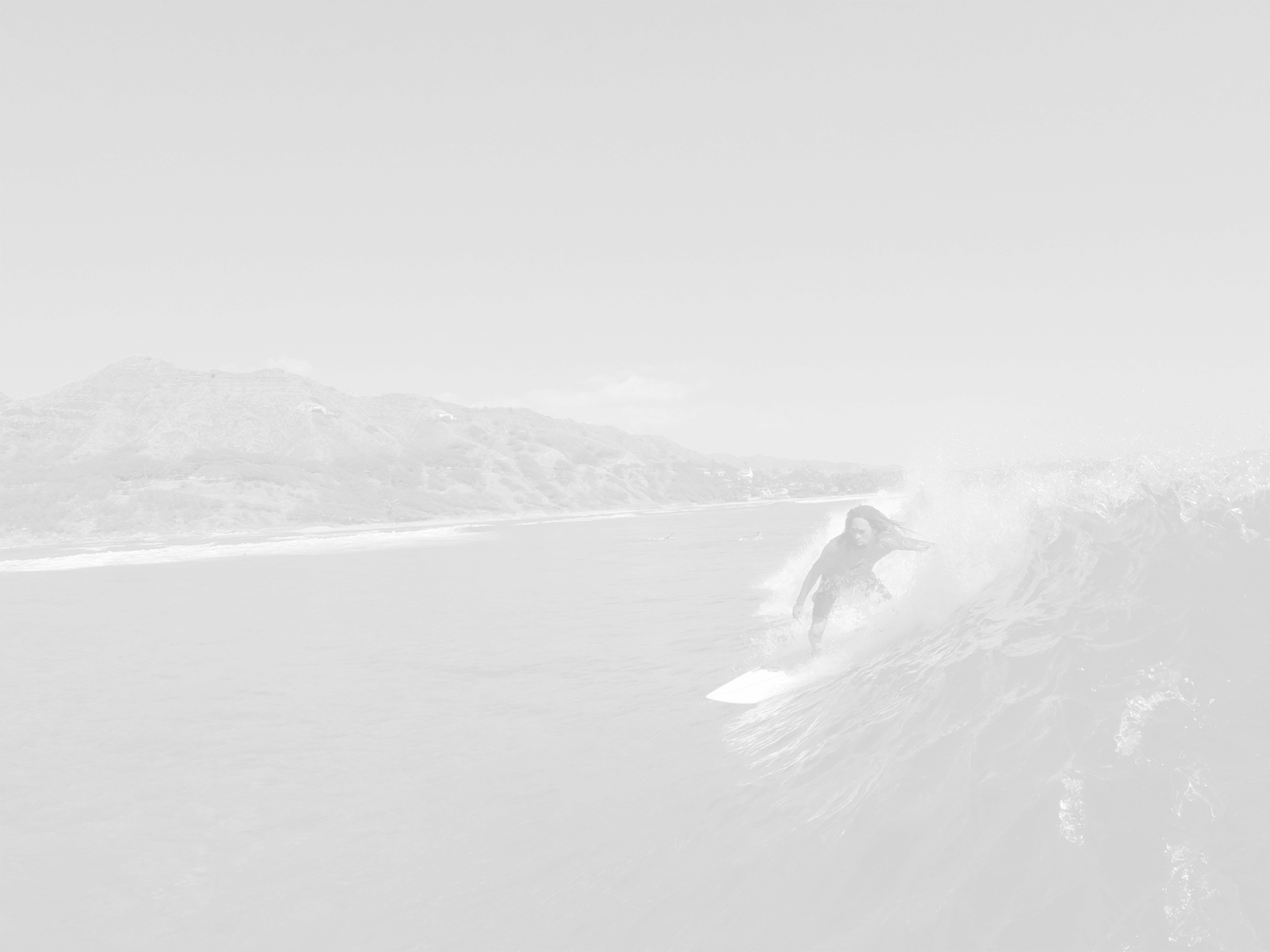
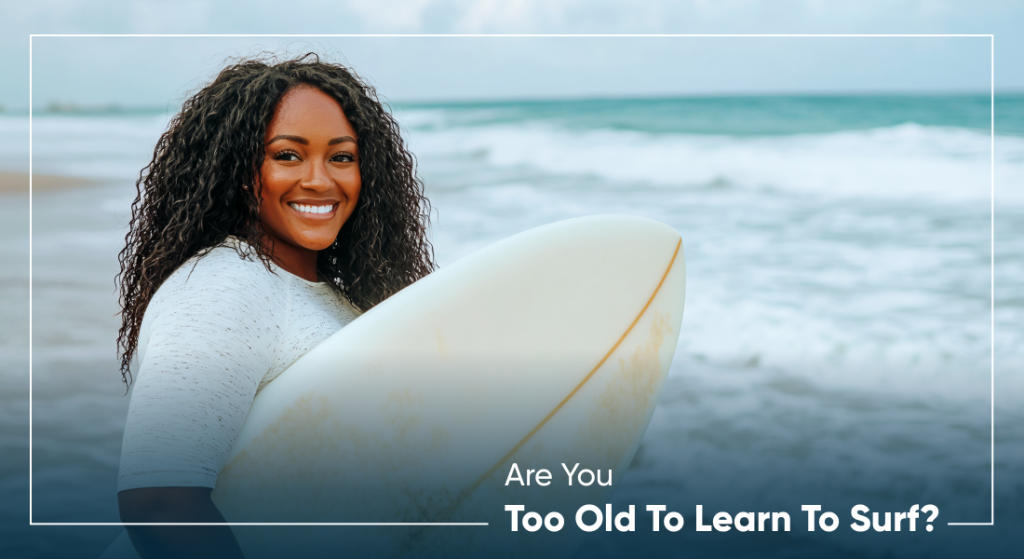

Are You Too Old To Learn To Surf?
If you’ve ever asked yourself, Am I too old to learn to surf?—The answer is no. Surfing is not just for the young or those who grew up near the ocean. People of all ages take up the sport, find joy in riding waves, and connect with the water. The key is approaching it with the right mindset and patience.
Am I Too Old to Learn to Surf?
Surfing is more about technique and balance than raw strength or speed. Many beginners in their 40s, 50s, and beyond step onto a board for the first time and surprise themselves. Progress may take time. However, with consistent effort, anyone can catch a wave.
Despite the challenges, the rewards of learning to surf far outweigh the initial struggles. Surfing is a social sport. Many surf schools welcome students of all ages. It’s common to see people well into their 60s enjoying the waves – proving that the only real limit is self-doubt.
Taking up surfing later in life is not about mastering big waves but about enjoying the ride. Be it standing up for the first time or simply feeling the rush of gliding across the water, every step is part of the experience. Age doesn’t define a surfer—determination does.
A Low-Impact Workout with Big Benefits
Surfing is also an excellent way to stay active. Paddling strengthens the arms and shoulders, balancing on the board engages the core, and riding a wave works the legs. Unlike activities that put stress on the joints, surfing is easier on the body, making it a great option for staying fit.
Beyond the physical benefits, surfing helps clear the mind. The ocean has a calming effect. That’s why spending time in the water reduces stress. Many older surfers say the experience brings a fresh sense of accomplishment and a deeper connection to nature. Every wave caught feels like a personal victory, making it a rewarding challenge.
Challenges of Learning to Surf Later in Life
Flexibility and mobility may not be the same as they were years ago. However, simple stretching and mobility exercises can make a big difference. Yoga is a great complement to surfing – helping with balance and range of motion.
Another concern is the fear of falling. Wiping out is part of surfing. While it can seem intimidating, there are safe ways to fall and recover. Learning in small waves, using a soft-top board, and taking lessons from experienced instructors all help build confidence in the water.
Paddling is one of the hardest parts for beginners, regardless of age. It requires upper body endurance, which can be built up with swimming or light strength training. Learning efficient paddling techniques also helps conserve energy and makes catching waves easier.
Learn More About Us

Why the Right Approach Matters
Starting something new later in life comes with different challenges. The good news is that surfing allows for gradual progress. Unlike high-impact sports, it does not demand peak athleticism. It requires coordination, balance, and a willingness to learn.
The best way to build confidence in the water is to take small steps. Learning to read the waves, practicing paddling, and improving pop-up techniques all take time. The goal is not to rush but to enjoy the process.
Finding the Right Equipment
The right surfboard makes learning easier. A larger, soft-top board gives better stability and makes it easier to catch waves. These boards are also safer because they are more forgiving during falls. A wetsuit adds warmth and comfort and helps with buoyancy and mobility.
Using the right gear from the start makes the experience smoother. Many beginners struggle with small, high-performance boards meant for advanced surfers. The right equipment allows for better control and a higher chance of success.
Picking the Best Surf Conditions
Learning in the right conditions makes all the difference. Small, gentle waves are the best for beginners. They allow time to practice paddling and standing up without the pressure of fast-moving surf.
Surfing in uncrowded spots also helps. Fewer people in the water means more space to focus on technique. Early mornings often have calmer waters. They are ideal for practice.
Building Strength and Flexibility
Surfing engages the entire body. Paddling strengthens the arms and shoulders. Balancing on the board works the core and legs. Staying flexible helps with mobility and injury prevention.
Simple stretching exercises improve flexibility, making movements on the board smoother. Yoga, swimming, and bodyweight exercises also help with endurance. A strong and flexible body makes it easier to move with the waves.
Overcoming the Fear Factor
Fear is natural when trying something new. The ocean can seem unpredictable. However, preparation reduces uncertainty. Practicing in shallow water, understanding wave patterns, and knowing how to fall safely all help.
Starting with small goals makes a big difference. Catching whitewater waves, practicing balance on the sand, and spending time in the ocean build confidence. Surfing is not about instant success—it is about progress.
How Ohana Surf Project Can Help
Ohana Surf Project believes surfing is for everyone. Our team understands that learning later in life comes with unique challenges. That is why we focus on personalized instruction. We adapt lessons to fit each student’s comfort level and experience.
Our instructors break down surfing into simple steps and make it easy to build skills. We teach in a relaxed environment, using safe, beginner-friendly equipment. The goal is not just to help students stand up on the board but to help them enjoy the experience.
Why Now Is the Best Time to Start
There is no perfect time to learn. The sooner you start, the sooner you will experience the excitement of catching waves. Surfing offers a mix of adventure, exercise, and relaxation that few sports can match.
Doubts and hesitation are normal. However, they should not hold you back. Every surfer started as a beginner. With the right mindset, approach, and instruction, anyone can enjoy the waves.
Book a lesson today and take the first step toward your surfing journey. The ocean is waiting.
OTHER OSP BLOGS

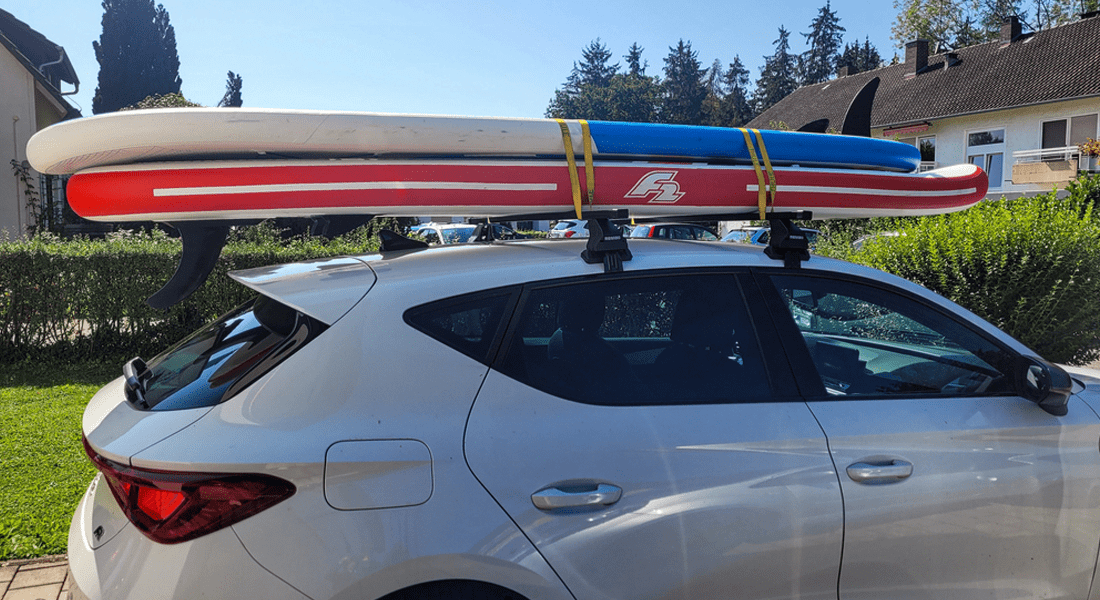
How To Transport Your Rental SUP Board
When you rent a SUP board for a Waikiki adventure, knowing how to transport a SUP board keeps your day smooth from the start. You probably feel excited to reach[...]